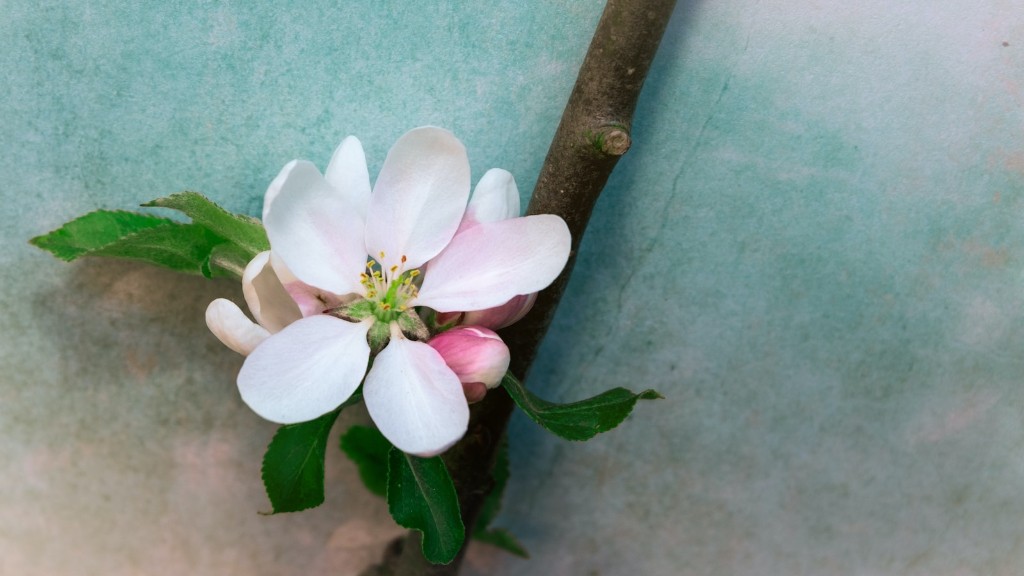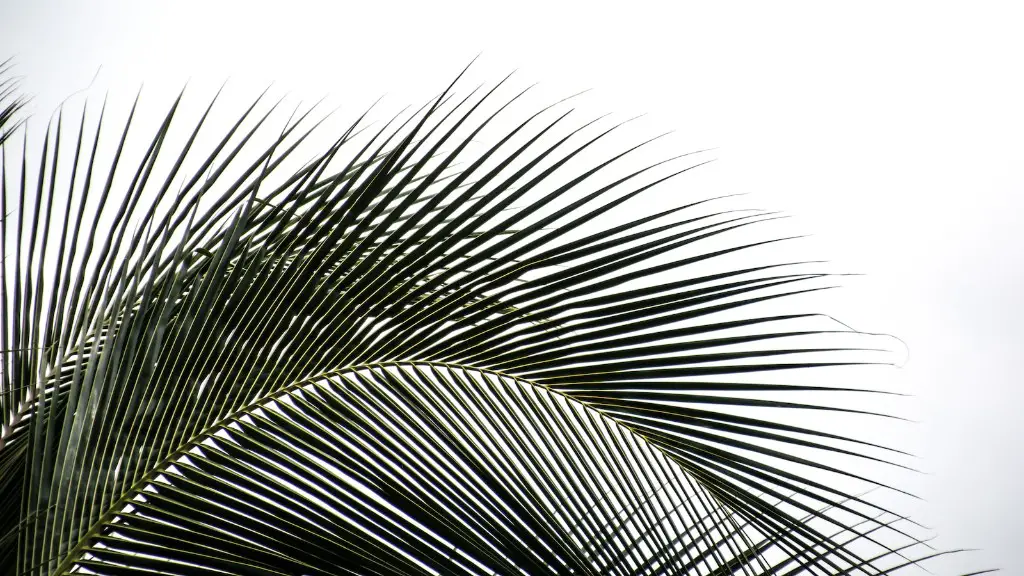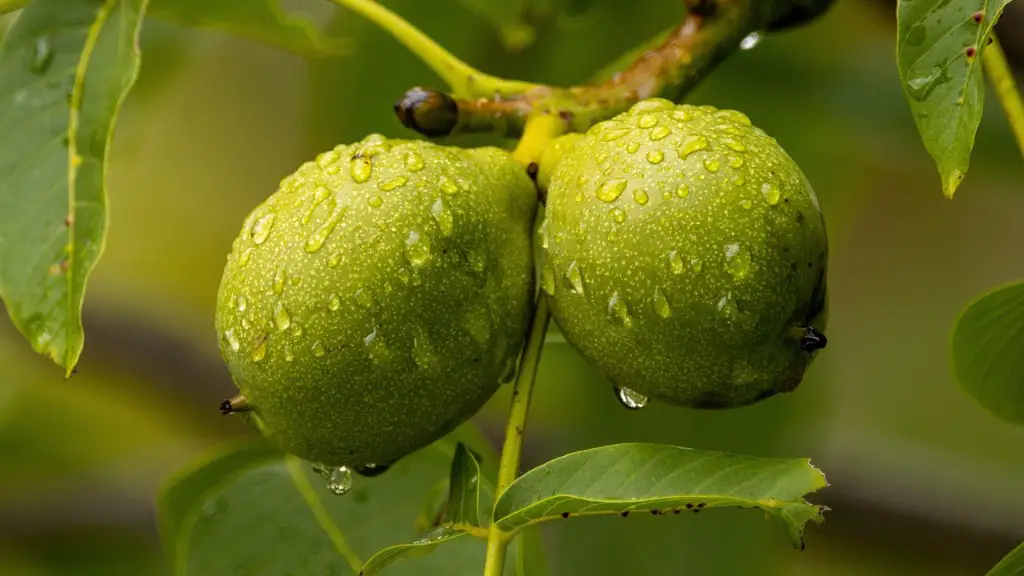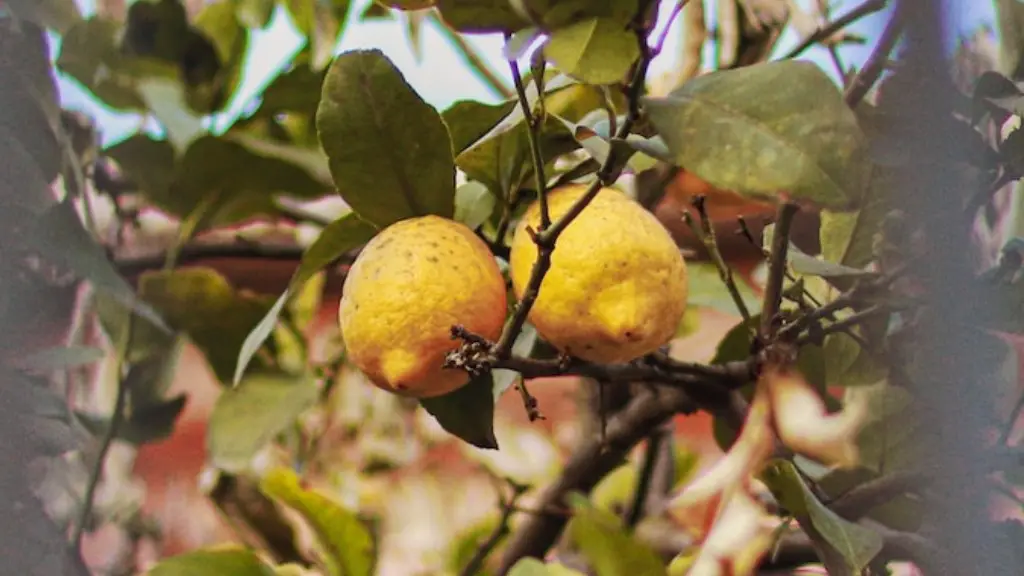Girdling apple trees is a harmful pruning technique that strips away a tree’s bark and growth ring, interfering with the tree’s ability to deliver nutrients and water to its branches and leaves. To save a girdled apple tree, it is vital to take corrective measures as soon as possible. Here’s what you should do.
1. Identification
First and foremost, identify the tree that has been girdled and assess its overall health. Girdling can cause considerable damage, including death of an apple tree, so if the tree’s health has been severely compromised, it may not be able to be saved. Get an arborist or certified arboriculture professional to check the tree to determine its overall health.
Keep an eye out for signs that the tree is on the brink of death, such as limbs or branches wilting or turning brown and dead. If there are any indications that the tree may eventually die despite corrective measures, it’s best to remove it before it can create further damage.
2. Remove Bark
Once the tree has been identified, remove the damaged bark around the girdle. Take care to remove only the bark affected by the girdling, as the healthy bark must remain intact. Removing too much of the healthy bark could ultimately cause the tree to suffer further damage.
It is important to make sure that the bark is completely removed from the girdled area. Any areas of bark still intact will prevent the tree from being able to receive the necessary nutrients and water it needs to survive.
3. Add Fertilizer
After removing the damaged bark, it is essential to add fertilizer to the soil around the tree. Choose a fertilizer with a balanced mix of macro and micronutrients. The fertilizer should be specifically designed for fruit trees, to replenish the nutrients and minerals that were depleted due to the girdling.
When adding the fertilizer, incorporate it into the top 8″ of soil to ensure that it can reach the tree’s roots. This will help the tree to recover and allow it to produce healthy branches and leaves again.
4. Proper Pruning
Proper pruning is essential to save a girdled apple tree. Prune the branches of the tree to remove any broken, dead, diseased, or damaged limbs. Also, prune the branches to maintain a balanced shape and manage the tree’s growth. Pruning should be done at the right time of the year and should always be done by a certified arborist who has the knowledge and skills to properly and safely prune the tree.
It is also important not to over prune the affected areas, as this may put the tree in further distress. Again, it is essential to get a certified arborist to assess the situation and do the pruning if necessary.
5. Monitor Progression
Finally, it is important to regularly monitor the tree’s progression to make sure that it’s getting the necessary nutrients and water. Over time you should begin to see new leaves and branches appearing, which indicates that the tree is recovering.
Additionally, continue to check its overall health to ensure that the tree is not stressed due to the girdling. If there are any indications of stress, consult with a certified arborist immediately to assess the tree and provide the necessary care.
6. Watering and Mulching
It is important to water the affected tree regularly, especially during periods of prolonged dry weather. The frequency and amount of water should be adjusted according to the weather and the amount of rainfall. Additionally, use a mulch to help retain moisture in the soil and keep the temperature of the tree regulated.
When applying the mulch, make sure that it is the right kind and of a reasonable thickness. Too much mulch can result in suffocation of the tree’s roots, leading to further damage.
7. Preventative Care
In order to avoid the need to save a girdled apple tree in the future, it is important to properly care for the tree on an ongoing basis. Choose an appropriate fertilizer specific to the type of tree for regular application. Use integrated pest management to ensure that any pests or diseases are identified and treated early. Finally, seek advice from an expert arborist whenever necessary to assess the overall health of the tree and plan for any necessary pruning.
8. Wound Treatment
Inspect the girdled area of the tree on a regular basis. If while doing so you notice that the inner wood of the tree is exposed, you may need to treat the wound with a wound dressing or paint. A wound dressing is a sticky, tar-like substance that can be applied to the wound to help prevent the spread of diseases or pests. Paint, on the other hand, serves to cover the wound and protect it from further damage.
Keep in mind that it is important to make sure that the paint used is compatible with the tree variety and will not cause any further damage. Seek advice from an arborist if you’re unsure. If a wound dressing is required, make sure to get a certified arborist to do it for you, as doing it incorrectly can do more harm than good.
9. Nutrition
In addition to applying fertilizer, applying a nutritional supplement can help the affected tree to recover, especially if it has been severely damaged by the girdling. Seek out an arborist to get advice on what type of supplement should be used, as well as on the correct amount to be applied. Keep in mind that this type of supplement should never be used without consulting a professional.
Additionally, be aware that some supplements, if used incorrectly or in large amounts, can cause damage or even death to the tree depending on the nature of the supplement. Always get a professional to assess the tree prior to using any nutritional supplements.
10. Do it Right
To save a girdled apple tree, it is important to do it correctly the first time. Poor care of the affected tree can ultimately result in further damage and can even be fatal in some cases. Get an arborist to assess the tree and ensure that it is getting the necessary care and nutrition.
Additionally, take the time to properly prune and inspect the tree on a regular basis. Make sure to always use an appropriate fertilizer and follow a proper watering regime, adjusting it to the weather. Finally, beware of the dangers associated with using nutritional supplements and wound dressings and always get a professional to assess the tree prior to using any of these products.





